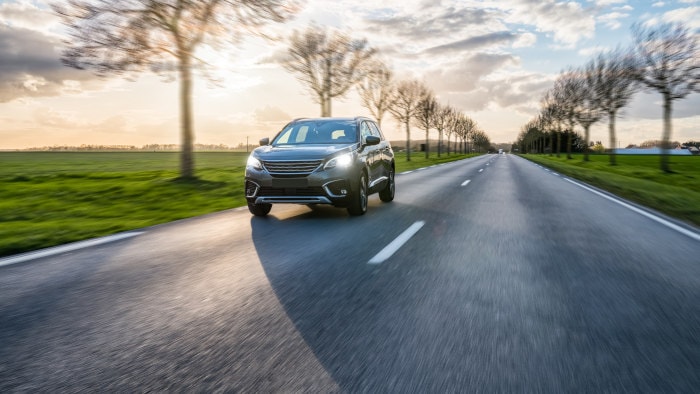My petrol 1974cc Peugeot 307cc 2004 year goes through long cycles of showing an antipollution fault.
Typically fault on for about seven weeks and then off for five weeks.
Can anyone suggest what might be causing the fault to be displayed and then to disappear?
There is no obvious change to the engine performance between either condition!
Typically fault on for about seven weeks and then off for five weeks.
Can anyone suggest what might be causing the fault to be displayed and then to disappear?
There is no obvious change to the engine performance between either condition!


